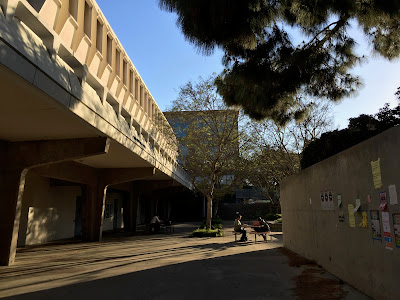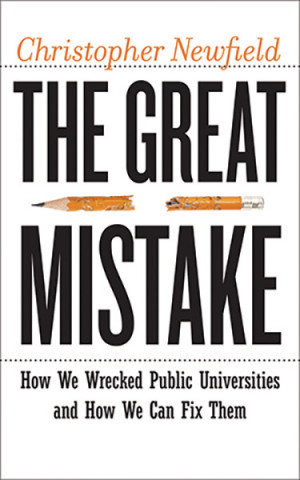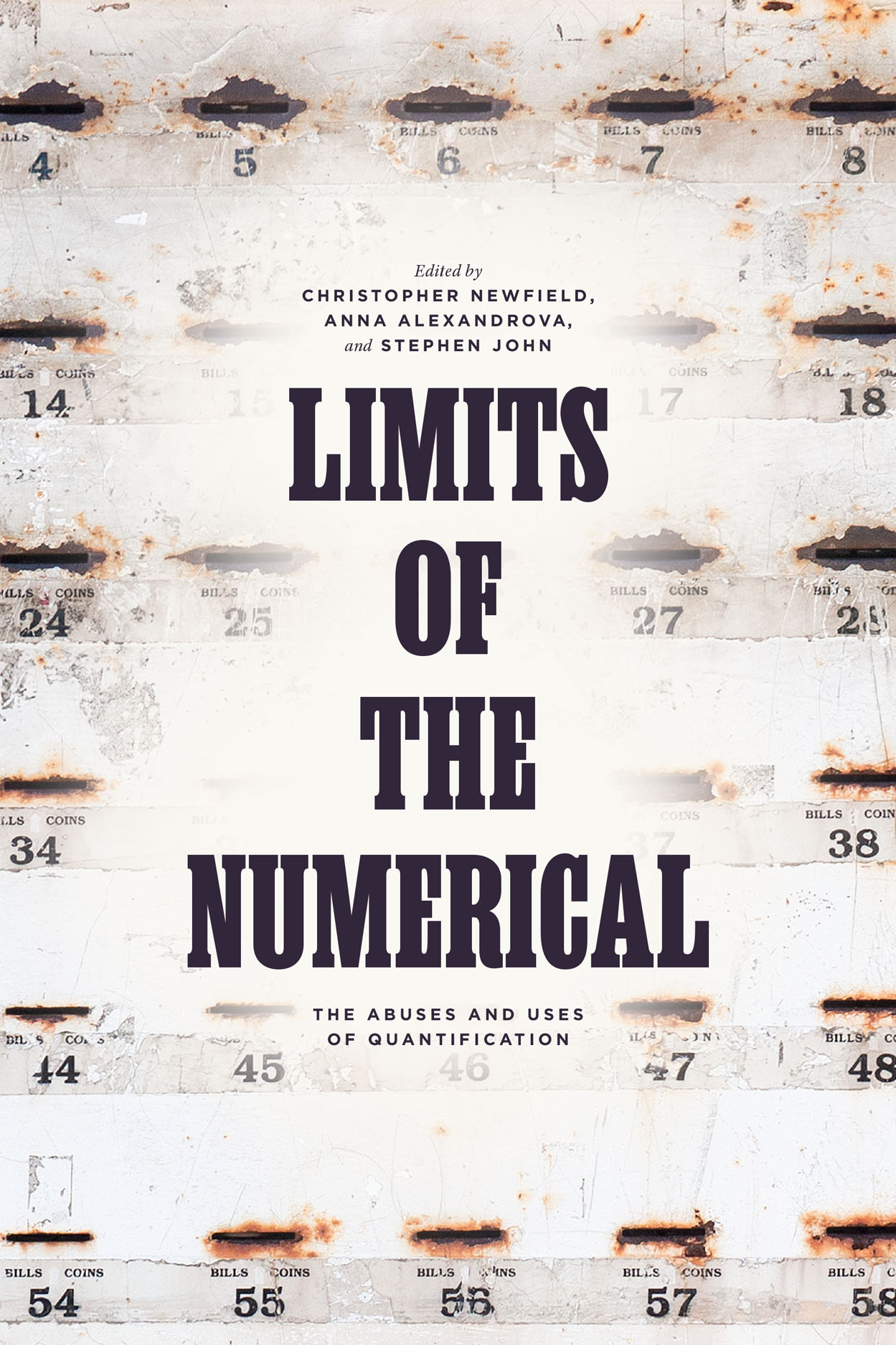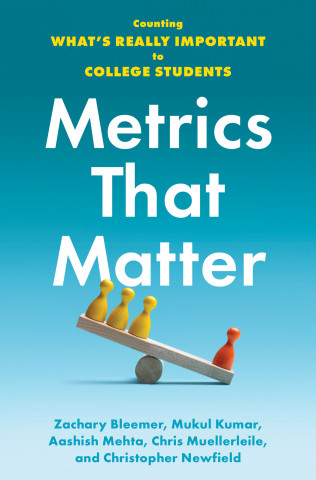 |
| Amsterdam, the Netherlands, on May 28, 2025 |
The foundation I direct, the ISRF, had particularly good annual board meetings at the end of May, in Amsterdam as usual. I then got food poisoning, which was a uniquely energy-draining experience that lasted a week. My advice is never ingest campylobacter bacteria for any reason, which seems to be what I did. I did barely manage to write a Director’s Note about the research we discussed, “ISRF in the Polycrisis,” about which more at the bottom.
While we were meeting, the Atlantic made the New Dark Age official, via a piece by Adam Serwer. This got my attention, partly because it’s true and partly because it’s a favorite phrase of mine. I relaunched this blog just before Trump’s 2024 election by calling for an epic fight for knowledge in “our new dark age.” I’d liked James Bridle’s 2018 book, New Dark Age: Technology and the End of the Future. I’d also thought a new dark age had started with the Global Financial Crisis in 2007-08, just before I’d moved to Lyon, France as the director of UC study centers there. 9/11 had militarized politics and society, the financial crisis had crushed working people and spread anger everywhere, the Obama administration bailed out Wall Street not Main Street, and the Occupy movement couldn’t counter the base of the Tea Party that led directly to Trump and MAGA six years down the road. I was also watching a lot of Battlestar Galactica at the time.
The only way deal with knowledge destruction is to ramp up knowledge creation. This was brought home to me at the start of the current crisis of federal persecution of higher education, which was the Congressional hearings in December 2023 on the alleged antisemitism epidemic on America’s college campuses. The most important first-round result was the purging of Harvard University’s first Black president, Claudine Gay.
Like most of you, I’d been following private equity mogul Bill Ackman’s vendetta against both pro-Palestinian campus speech and Harvard’s new, now ex-president Claudine Gay. He linked her with the alleged corruptions of merit known as diversity, equity and inclusion. He stoked the charge that she’s soft on antisemitism. Then he loudly pressed charges that she is a plagiarist, dubbing Harvard’s retention of her “Gaygate.” Harvard’s Corporation board finally capitulated and accepted Gay’s resignation, meaning that they let go the university’s first Black president and second woman president six months after they’d proudly hired her.
On January 2, 2024, the New York Times published Claudine Gay’s resignation letter. On January 3rd, Business Insider ran a story about Ackman’s successful campaign in which he exonerated himself of bullying charges. On January 4th, Business Insider flipped the script with their now famous story, “Bill Ackman's celebrity academic wife Neri Oxman's dissertation is marred by plagiarism.” You probably remember the rest: Ackman went nuts in the defense of his wife. Among other things he promised to review every single MIT faculty member for plagiarism, using “AI.” He also had to explain an apparent double standard in which Gay had to be fired for her plagiarism while Oxman had to be excused for hers.
Part of Ackman’s attempt to distinguish the wife he was defending from the president he was hounding was to question whether it’s possible to plagiarize Wikipedia. He asked a series of incredulous questions to that effect.
Under fire, it’s not easy to know how to deal with knowledge immunity—possessed by people who are too rich, powerful, connected, or managerially entrenched to have to care about what you know that they don’t.
It’s not easy to know how to deal with plutocratic bombast. It’s especially not easy in the normal situation in which the bombast has created its own reality and the analysis will be too little too late.
And yet tech analyst Molly White dealt with these issues straight on by reviewing Ackman’s questions and answering them.
“How can one defend oneself against an accusation of plagiarizing Wikipedia for a dissertation written 15 years ago in 2009?” Ackman exclaimed. White showed him Wikipedia’s “view history” link you can click to see any page on a given date.
“Has anyone (other than my wife) ever been accused of plagiarism based on using Wikipedia for a definition of a word?” Ackman wailed. White showed him the Wikipedia page listing the many people accused of plagiarising Wikipedia.
In each case, White offered literal, professional answers to each of his questions and with less snark than they deserved.
What moved me was White’s confidence that knowledge mattered. She acted as though her knowledge could confront his power--professional knowledge could confront managerial or executive power. She wouldn’t change Ackman’s mind. But her knowledge could reduce his power by changing (or clarifying) other people’s minds. She made it less likely that he’d again defend Oxman by claiming that Wikipedia is community property that no one can steal.
Asking myself why I was so impressed by White’s approach, I saw it as a sign that my baseline assumption about the practical effects of professional expertise had gone negative during my years of scholar-activism at the University of California and then at the Modern Language Association. The lack of institutional back-up created a default sense of the inevitable triumph of mistakes.
White had started her answers by commenting about her knowledge status. She noted that she’d been editing Wikipedia since 2006, that she had over 100,000 edits, and that she’d spent six years on Wikipedia’s version of the Supreme Court. I know a little bit about Wikipedia, she said, which referred to what was a major expertise that had taken the form of a “hobby”—a serious hobby in the sense that writing open source software as part of a global network where you aren’t getting paid by a corporation is a hobby. Or that professional humanities scholarship, generally unfunded by universities or the government, is a hobby.
You nerds who also have a “niche hobby,” White said,
probably know that very unique rage that you feel when somebody tries to speak confidently about that hobby without actually bothering to learn that much about it. This happens to me a lot with Wikipedia, because everyone knows what it is. . . . But in spite of knowing what it is, people don’t actually understand much about how Wikipedia works. That apparently includes Bill Ackman, who came out today with a list of questions about Wikipedia that he’s definitely curious about, and somehow unable to look up the answers to.
So, there’s the skill and knowledge that some unknown person painstakingly builds up over years and years of their life, in total obscurity and generally at their own expense. There’s the oblivion to that skill from the figure of power, the casual not knowing that the skill much less the person even exists. There’s that big person’s indifference to the labor of finding out. There’s that big person’s demand that someone else do the work of answering the questions he could answer if he did his own work. There their replacement of knowledge with conventional wisdom propped up by their high status. There’s that figure of power’s indifference if not hostility to the people who do know—all the non-managers and the non-executives with laboriously acquired skills whom we could call the cognotariat, the vast majority of whom do not work in colleges or universities.
The situation that causes unique rage –the confident wrong speaking from empowered ignorance—afflicts knowledge institutions and runs politics and the media, which is a powerful agent in the political field. It fuels the orc armies of the worst overlords. It makes the solutions seen by ordinary people impossible to implement or even to hear. The rage comes partly from the willingness of Ackman et al. to use power without knowledge and to refuse to see knowers as agents of history. The rage comes from how well this works to keep professional knowers from seeing themselves as agents--not to mention from allying themselves with non-professional and non-university educated knowers (French farmers spring to mind, as well as authors of community projects like this digital museum co-created by one of our ISRF fellows, Dr Chamion Caballero. And so on).
The University of California was the main site where Remaking studied this core situation, in which the academic professionals—and their lives in knowledge--are ruled absolutely by amateurs. The blog has been about evidence-based argumentation as a weapon of the (relatively) weak. It sought to correct the record—the record about the budget, about the state of teaching and research in universities, about what wilful administrative blindness was making no longer possible, about the gap between publicity and reality, about everything that needed to be done. The blog has also about entirely reframing the status of knowledge work.
Of course, the wider context is the plight of knowledge and its institutions around the world. Rulers have always been bad for non-state knowledge, but today there’s a massive contradiction between the war on knowledge and the knowledge that survival requires—about climate, finance, racism, inequality, and war itself. War’s override of global cooperation is becoming the hallmark of the 2020s.
Later in “A Wikipedian explains Wikipedia to Bill Ackman,” Molly White goes into some detail about copyright, authorship and communing. Ackman wants to brush off Wikipedia apparently because he thinks that something collectively created is basically public property, and anyone can help themselves to it. This is the commons in the zone of tragedy, in which a lot of people work basically for free to create a common good of enormous and ever-growing common value, and the Ackmans ignore them, don’t pay them, disparage them, and appropriate it.
White explained that images, writing, etc. are copyrighted as soon as they are recorded – as established by the Berne Convention in 1886. This has nothing to do with plagiarism, she says, which is failing to attribute and thus take someone else’s work as your own (a labor issue!), as Oxman did. In addition, she pointed out, Wikipedia is not overall a public domain but a commons operating with the Creative Commons Attribution-ShareAlike License, which “requires that you attribute Wikipedia and its various editors who actually wrote that content.”
In direct opposition to Ackman, White expressed a knowledge commons founded on the rights of the creators. The rights include the right to attribution—to recognition of the labor and its product—and, unmentioned but everywhere in the knowledge crisis, the right to payment for work.
White writes for a lot of newspapers and magazines, as we used to call them. At most points in history, she would have had a full-time unionized job with benefits at a major newspaper, writing about tech with the always-developing expertise that one finds among specialized journalists like the FT’s Katie Martin on finance.
But academia’s sibling, journalism, is famously being gutted. Three weeks after its plagiarism scoop about Neri Oxman, Business Insider lost 8 percent of its staff due to cuts from its owner Axel Springer.
For a while, the sector thought it might be rescued by billionaire charity. But billionaires generally don’t care about unsung local journalism where much of the most important coverage happens, and they don’t like to lose money. The doctrinal billionaire who bought the venerable and pretty good local paper, the Santa Barbara News-Press, in the 1990s, ruined it by dictating the editorial line and by decimating its professional staff. She finally closed it in mid-2023, so a wealthy, near-majority Latino, militantly environmentalist, highly educated, well-known smallish city with a research university lacks daily news coverage, with the online Noozhawk and weekly Independent trying to cover behind-the-scenes manoeuvres during a dicey transitional period for the region. Its archives were nearly sold off to a Malta-based operator of zombie sites, and were saved only by last-minute local efforts.
Meanwhile, billionaire Jeff Bezos’ Washington Post shrank staff in October 2023, while billionaire Patrick Soon-Shiong started 2024 at the Los Angeles Times by cutting 115 reporters, including a set of younger Black and Latino staffers. Both have interfered editorially to shield Trump from criticism on behalf of their business interests. The long 2010s saw journalist employment fall by 26 percent.
In the mid-1980s, an unknown reporter named Gary Webb broke the Iran-Contra scandal that exposed the Reagan administration’s murderous meddling in Central America with money illegally extracted from the Iranian government. He was backed up against massive state-sponsored criticism by his paper, the San Jose Mercury-News. Would that regional paper cover a reporter caught in a global controversy today? Could it? Journalism and universities are struggling in parallel to sustain knowledge creation. Meanwhile, much of the most important work has had to become self-platforming.
The extractive structural economics infuriate me, but the people surviving and even thriving in the semi-ruins inspire me.
I’ll mention just a couple more. There’s Daniel Denvir, perhaps the most comprehensive and rigorous preparer for interviews I’ve ever heard.
There’s Paris Marx, now heading towards his 300th episode of Tech Won’t Save Us, which more or less the best critical tech podcast in English. As far I as I can tell he did the whole thing by himself each week until fairly recently. He had a breakthrough when The Nation magazine agreed to carry him in some form I wasn’t clear about, until he mentioned that they were promoting his podcast but weren’t actually paying him something to do it. He depends on Patreon—I am proud of my premium subscription, and encourage you to join me if you follow tech at all. Marx has 1443 paying subscribers after several years of brilliant and heroic work. I mean heroic, in the sense of high-quality work under a very heavily workload of reading and prepping a book and more a week while staying on top of tech in general. One day, he mentioned to another similarly accomplished younger tech intellectual that before he started the podcast he had been working as a phone agent in a call center. “Me too!” his guest replied. They’d learned a lot about the limits of tech, and no doubt helped a lot of callers like me, while also wondering, I imagine, how they could possibly take their leaps basically by their flying bootstraps into careers of non-stop and even influential analysis, which they then did.
So really this blog is the least I can do, in solidarity, to keep thinking and writing as part of a massive collective effort to build a radically different knowledge system that can repair the world.
In so doing, every problem can be paired with a knowledge response. Here’s the one I showed at our foundation meetings—ISRF research in red, other research that needs doing in black. Join us.
























